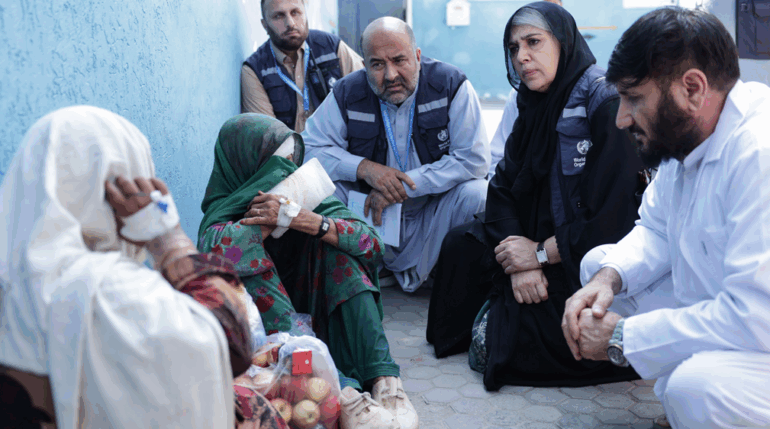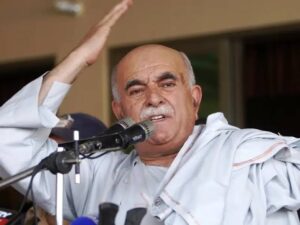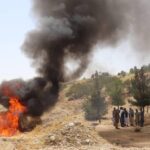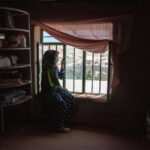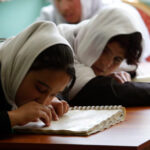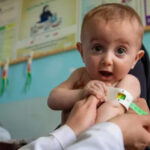One week after the deadly earthquake in eastern Afghanistan, the World Health Organization (WHO) has announced that a shortage of vehicles for transporting patients and a lack of female health workers have hindered medical care for the earthquake’s injured.
The organization stated on Sunday (September 7) in a report that restrictions imposed by the caretaker government on the movement of female staff also disrupt women’s and children’s access to healthcare.
The report added that access to remote mountainous areas remains a major challenge, as landslides triggered by powerful aftershocks have blocked main roads.
According to WHO, it is estimated that 84,000 people have been affected, with at least 2,205 deaths, 3,640 injuries, and 6,782 houses destroyed.
Among the injured, 58 percent are men and 42 percent are women and girls.
The report also highlighted that more than 10 percent of the injured are children under the age of five.
WHO further stated that it has deployed six mobile health teams to the hardest-hit and most remote villages in Nurgal district of Kunar province, providing emergency services including trauma care, maternal and child health, counseling, and referrals.
The organization noted that ambulance systems, facing severe shortages of functional vehicles, fuel, and trained staff—including female health personnel—are limiting timely access to higher-level care for critical cases.
The report added that Afghanistan’s fragile healthcare system is also struggling with severe shortages of medicine and staff, particularly female health workers.
WHO said that to scale up life-saving interventions and ensure access to the most vulnerable communities, an additional $4 million is urgently needed.
This comes a week after the deadly earthquake struck eastern Afghanistan, with Kunar province suffering the highest number of casualties and damages.

